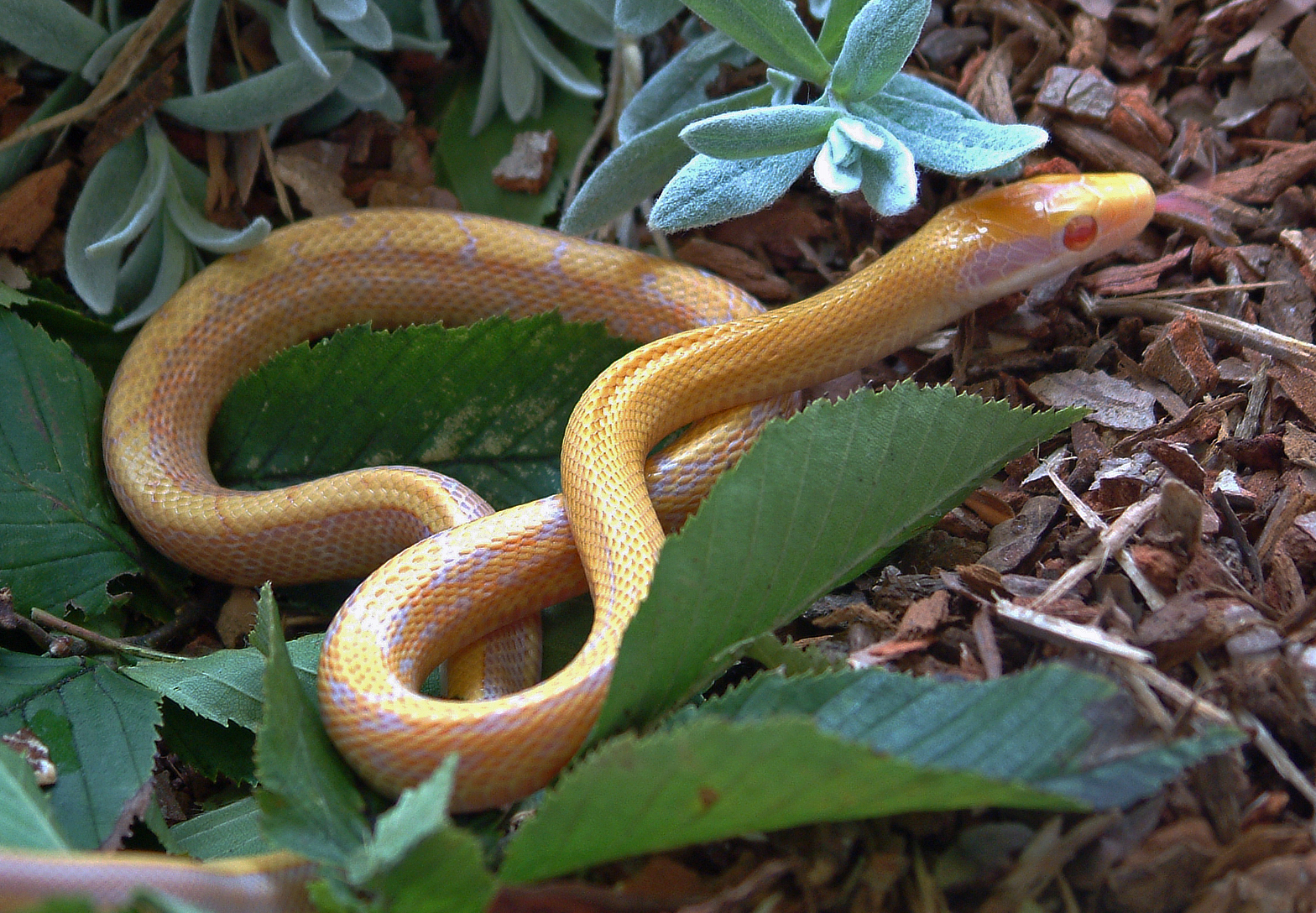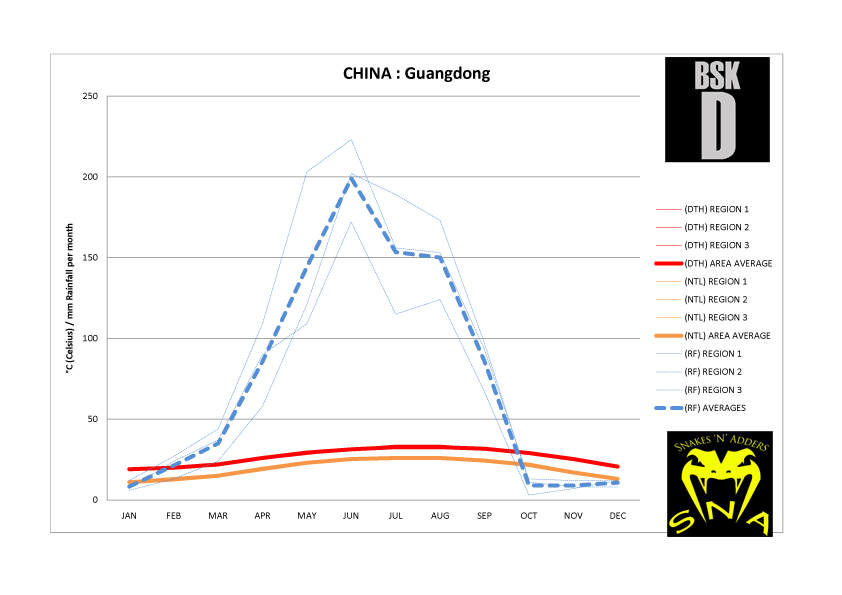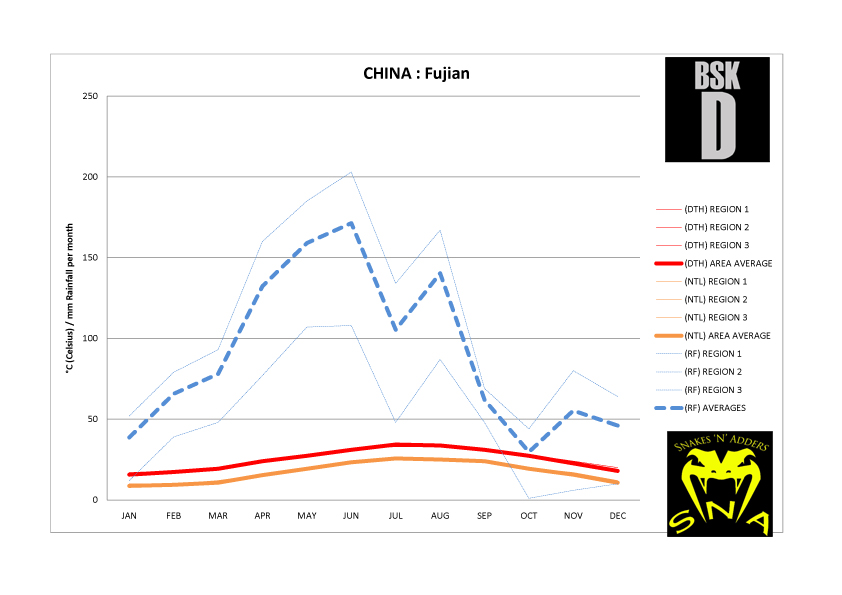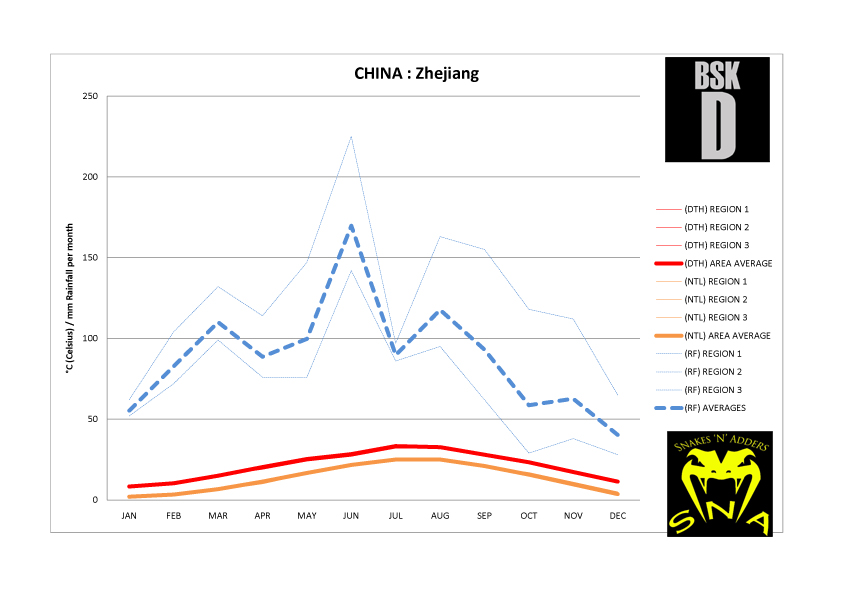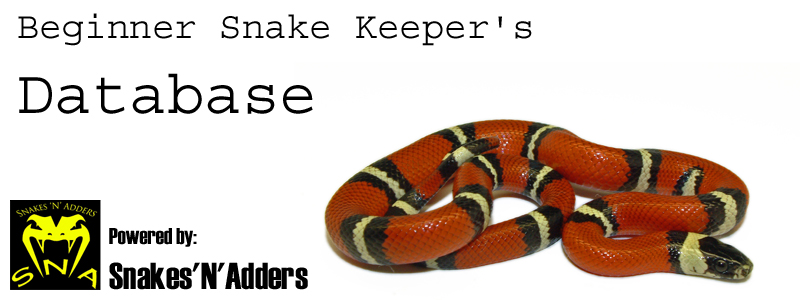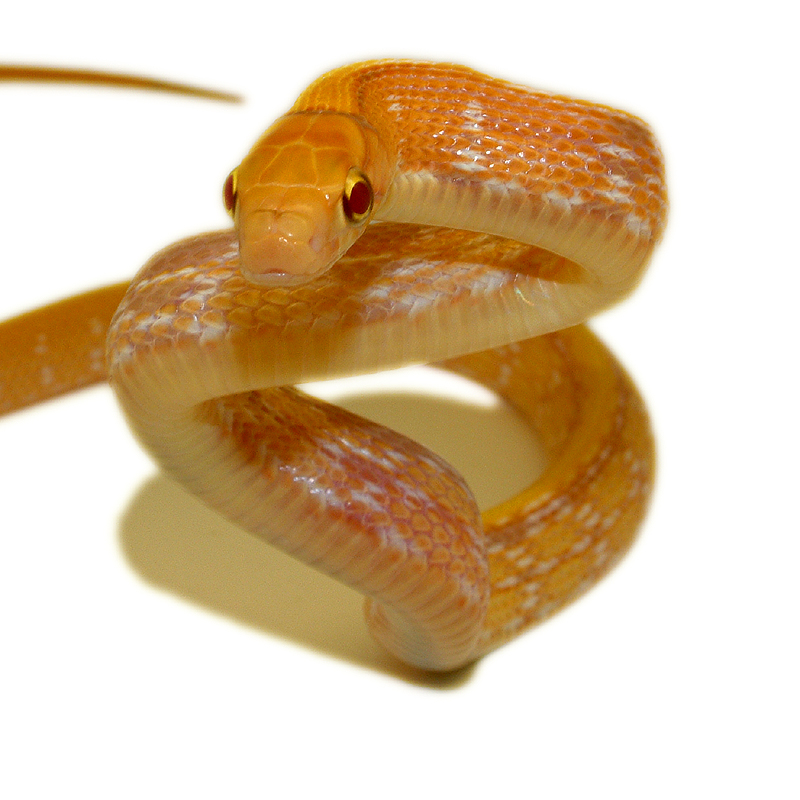


Species Notes based on experiences:
The Chinese Beauty Snake is the most diminutive of the genus. This makes them far more manageable than other members of the family. They do not quite have the temperament of their larger cousin the Taiwan Beauty Snake but with time can become tame and a pleasure to work with. Other members of the clan the Ridley Cave Racer (Orthriophis taeniurus ridleyi) and the Vietnamese Blue Beauty snake (Orthriophis taeniurus callicyanous) can be ferocious animals and have been excluded from consideration for this reason. You are actually more likely to come across a Chinese Beauty snake in albino form that in it natural form which is a crying shame. In fact I kept a 16 year old female I purchased from Chris Mattison in 1997 for another 6 years trying in vain to find a normal male to put with her. I just wanted normals I didn’t want albinos or calico variants. Chinese Beauty Snakes still have the blusher line past the eye that is a particularly attractive feature. The neck is a patternless dark olive green. The patternless section continues for quite a way down the upper portion of the back. The saddles of the Chinese Beauty snake are spider web thin side stripes and cross bars appearing as a very neat and delicate ladder climbing up the back. As we approach the elongate tail the crossbars begin to fade out, the back ground colour fades to a very dark shade with occasional lighter flecking and the yellow of the tail stripe intensifies. This is a very pretty snake. Not as pretty as the Taiwan Beauty Snake (which is in the running for the prettiest snake on the entire site) but still very appealing to the eye.
Score analysis:
When considering temperament, Chinese Beauty snakes can be a mixed bag. The older female discussed above was a joy to work with. Totally tame and relaxed she was totally zen about being handled. The subsequent other examples I have had over the years. Albinos and Calicos etc have been wriggled, tail rattled, musked, reared up and on occasion struck. This is not to say that those behaviours stayed indefinitely but they were there to begin with. Work will be required with younger animals to calm them down.
Territory issues are nearly always more prevalent than true temperament issues. This is an alert snake that can be easily startled. Once startled they may dart away from your hand or rattle their tail in frustration. Biting and the rearing may be seen early on but this is usually fleeting. Behaviours this extreme are actually uncommon. More than likely the snake will just try to escape from the human that has disturbed it. Once out of the enclosure in many instances that defensive behaviour ceases.
These snakes have proven to be hardy if maintained in an appropriate manner. This snake is less tolerant of erroneous care than its North American kin. This is unlikely to be a problem for a would-be keeper as long as they have pre-requisite pieces of equipment like thermostatic controllers etc.
On average true Chinese Beauty snakes (This is important to note, they have been hybridised to hell and back with Yunnan and Taiwan Beauty Snakes) average around 5ft in length with exceptional examples possibly reaching 6ft. This is a lean and elegantly built snake. It is not a physical tank like the taiwan Beauty Snake.
Initially babies may be nervous and flee from food offered on tongs. Within 2-3 months these snakes will be snatching food with gusto. They have a prodigious appetite and will grow at a rate of knots. In winters months animals may stutter slightly with food intake indicating a period of rest would be welcomed. There is no benefit to over feeding these snakes and a couple of months to live on fat reserves built up through the year will do no harm at all.
Tub:
not appropriate long term and may only be a stop gap solution to grow the baby snake on in.
Vivarium:
120cm x 90cm x 60cm
Budget rig: -
60cm x 30cm heat pad
On / off thermostat
Digital thermometer to monitor thermostat performance
Warm hide
Cool hide
Water bowl
substrate
Recommended rig (vivarium only): -
250w ceramic heat emitter
Ceramic lamp holder and bracket
Bulb guard
Day night thermostat
Digital thermometer to monitor thermostat performance
Various logs and caves along the thermal gradient
Damp hide
Climbing and exercise branches
Plants and foliage (live or artificial – your choice)
Water bowl
Substrate
UVB light (8w T5 shade dweller 7% kit from Arcadia or equivalent) (optional)
Climate analysis:
Whilst the Eastern lowlands may not have truly harsh winters, cooler moth night time lows will flirt with freezing temperatures. These snakes would choose to brumate for 2-3 months of the year until more clement weather returned. What is worth noting is just the sheer volume of rain which falls in the area. Well over 100mm per month in the summer wet season. Humidity levels should therefore be kept buoyant and a damp moss cave provided to aid with shedding.
Conclusion:
A particular favourite genus of the author’s. This can be absolutely fabulous pet snakes. That said not all examples are created equal when it comes to temperament. It is imperative a potential owner meets the animal is question first prior to purchase to ensure they are compatible. Irascible examples are common enough to give beginners pause. Confidence will be a necessity particularly with younger more belligerent snakes.
